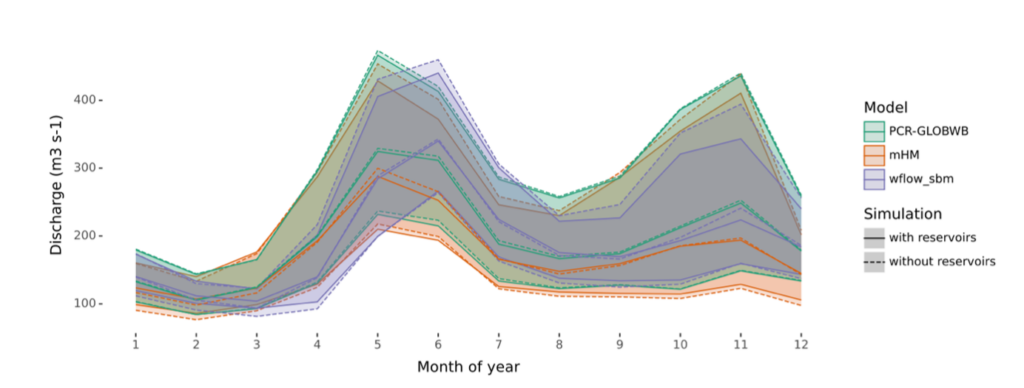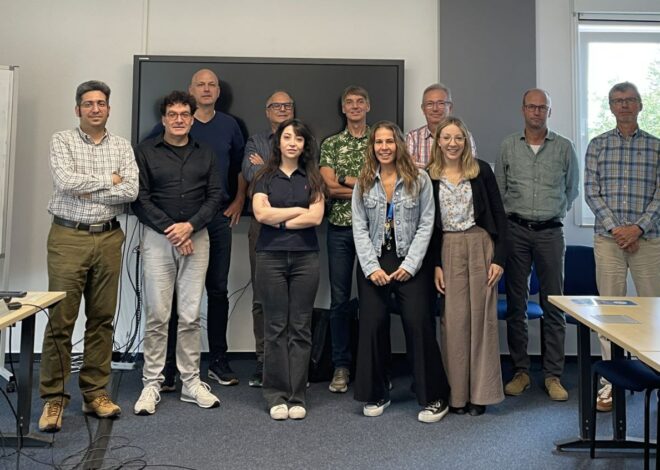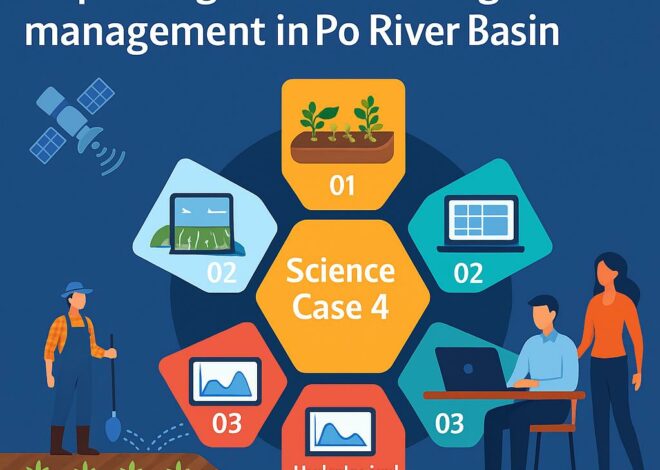
Science Case 3 (led by Utrecht University): Investigating the added benefit of EO products for simulating reservoir operations
Although reservoir operations have strong impacts on local to regional surface water hydrology, many land-surface and hydrological models simply ignore reservoir operations altogether. For those land-surface and hydrological models that do include reservoir operations, operations often rely on generalized rules that may not be suitable for all reservoirs. Therefore, the aim of science case 3 is to investigate the added benefit of EO products for simulating reservoir operations.
To investigate the added benefit of EO product, we compared EO-based reservoir storage estimates of GloLakes with discharge observations up and downstream of reservoirs in the Tugela river basin in South Africa, the primary region of interest. GloLakes provides valuable information on reservoir storage dynamics, which allows for estimating potential reservoir impacts on discharge. However, our results show that the reservoirs in the Tugela river basin have an insubstantial impact on the surface hydrology. No substantial discharge alternations were identified from the discharge observations, and the variability in reservoir capacity and storage was relatively small compared to the annual discharge.
Our science case continued to the Italian Po river basin, the secondary region of interest. Unfortunately, no EO-based reservoir storage estimates are available in this region, as the spatial coverage of GloLakes is limited and does not cover the region’s major reservoir. Therefore, we relied on hydrological simulations, both with and without reservoir operations, of surface hydrology to estimate the impact of reservoir operation in the Po river basin. Our results indicate that larger reservoirs in the Po river basin have an insubstantial impact on discharge, whereas smaller reservoirs can strongly affect discharge locally.
Due to the limited impacts of reservoirs in the Tugela basin and the lack of EO-based observations in the Po, our science case could not conclusively investigate the added benefit of EO products for simulating reservoir operations. Nevertheless, the potential of EO-based reservoir storage estimates are substantial. Not only will such EO-based products allow for correcting hydrological simulations without reservoirs, but they would also allow better approximation of reservoir operation rules, tailored to individual reservoirs. Therefore, further investment in EO-based reservoir storage estimates, especially in highly managed river basins, is needed to improve the state-of-the-art in hydrological modelling.

Figure 1: Simulated multi-year monthly median discharge (m3 s-1) with and without reservoirs for the Miorina reservoir. Colors indicate the hydrological models whereas linetypes indicates simulations with and without reservoirs. The shaded area indicates the 25th to 75th percentile range.
Although high-resolution satellite, hydrological, and land surface models are advancing, accurately understanding the water cycle in catchments remains challenging due to uncertainties in data accuracy, spatial variability, and the complex interactions between surface and subsurface processes. This science case leverages multiple state-of-the-art satellite datasets and hydrological/land surface models. We evaluated the water cycle closure for the Po River Catchment using 84 different combinations of precipitation, actual evapotranspiration (ET), and runoff. This assessment incorporated Earth-observed precipitation (CNR-IRPI combined product) and evapotranspiration (MODIS Terra), selected based on the round-robin evaluation conducted in WP4, along with outputs from six models—mHM, PCR-GLOBWB, CLM, TETIS, Wflow, and GEOframe—within WP5-Experiment 2. For the Rhine River Catchment, the evaluation included 40 combinations, based on the outputs of four hydrological models: mHM, PCR-GLOBWB, CLM, and Wflow_sbm. Similarly, for the Tugela River Catchment, 40 combinations were evaluated using outputs from the models: mHM, PCR-GLOBWB, TETIS, and Wflow_sbm. Fig. 1 shows the scheme of different combination over this study. The heatmaps in Fig. 2 present the primary results, showing annual water cycle residuals for various combinations of precipitation, ET, and runoff across the different catchments. Lighter shades of red or blue indicate smaller residuals, meaning a better closure of the water budget in each catchment.
For the full report of this science case, click here.



